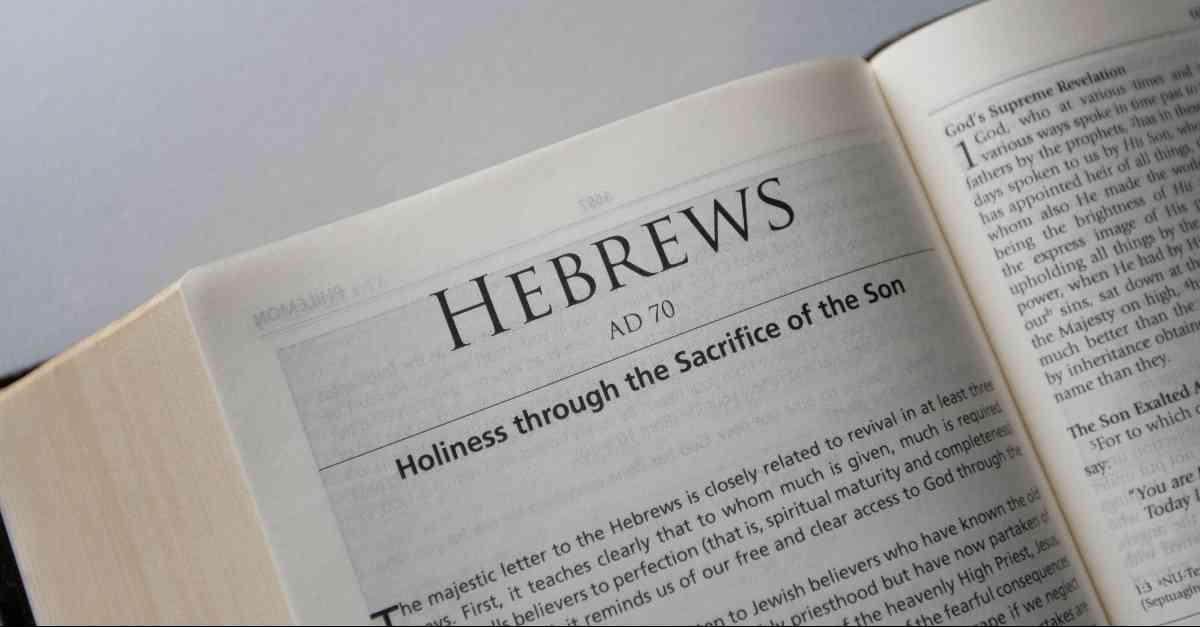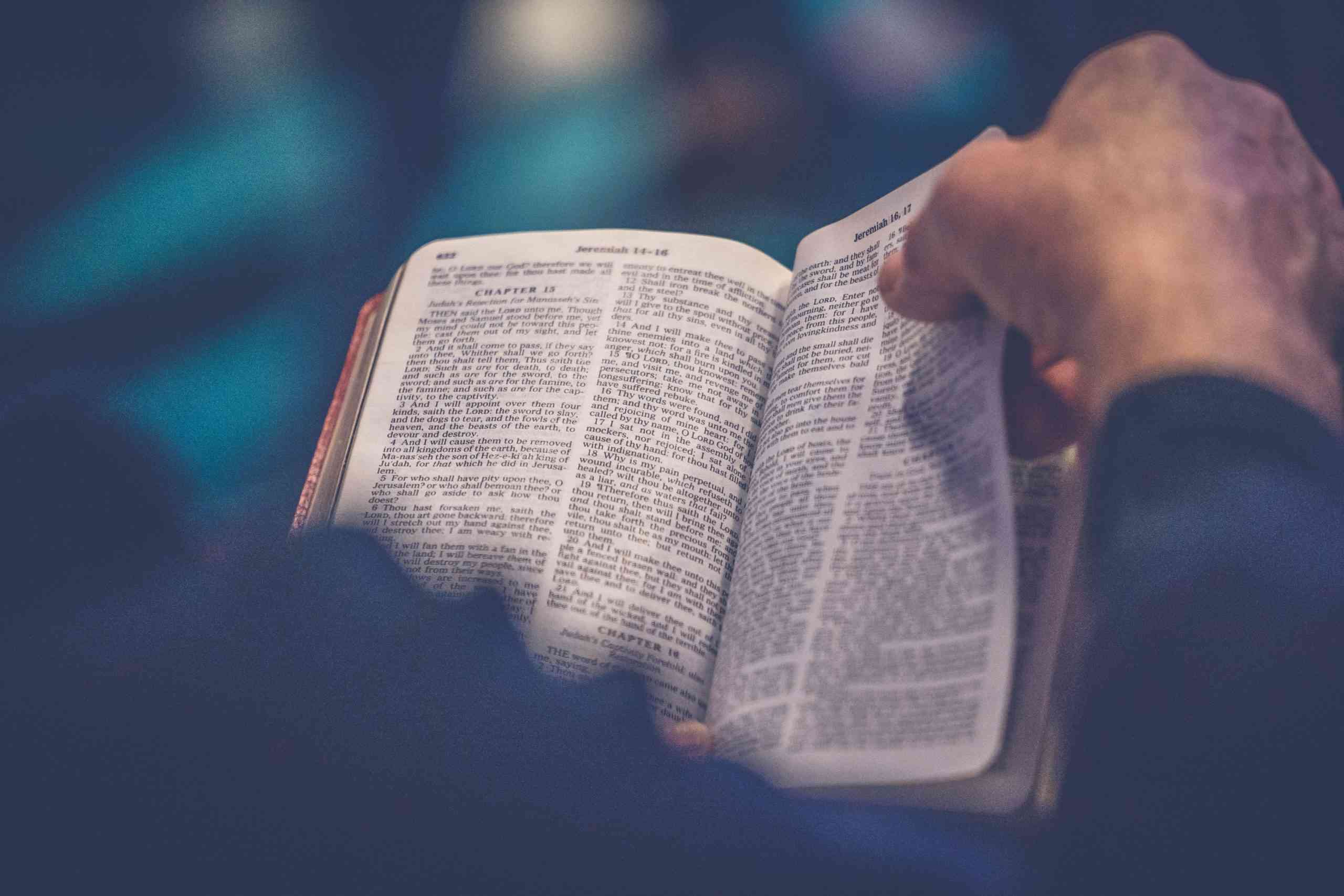
Why continue mourning over the destruction of a building that happened so long ago?
For nearly two thousand years, the Jewish People have mourned the destruction of the Temple in Jerusalem. At every Jewish wedding, at the moment of intense joy when the ceremony concludes, we break a glass to remember this loss. Jews pray daily for the rebuilding of Jerusalem and its crowning jewel, the Temple. Each year during the summer, Jews observe a three-week period of mourning, culminating in the saddest day of the Jewish year, Tisha B'Av, the Ninth of Av, when we fast and mourn the destruction of both Temples.
This begs a simple question: Why can’t we just get over it? Why don’t we just move on? Why continue mourning over the destruction of a building that happened so long ago?
The root of this question lies in a misunderstanding of the Temple's significance to Jewish life and the profound power of mourning.
Rabbi Yaakov Weinberg, obm, the great Rosh Yeshiva of Ner Yisrael in Baltimore, gave a profound analogy to grasp the depth of this loss. Imagine a blind person who, never having the ability to see, believes he’s not missing anything. He has never seen a sunset, looked into the eyes of his wife, or seen the smile on his child's face, yet he is convinced he lacks nothing. If offered a procedure that would grant him the gift of sight, he would decline it since he doesn’t think he is missing anything.
The true tragedy is not his blindness; it’s his complete lack of awareness of what he is actually missing.
Similarly, we have become so accustomed to a world without the Temple that we do not fully realize what we are missing. This lack of awareness is a tragedy in itself. If we would appreciate the enormity of the loss, we would long for its rebuilding and the subsequent redemption.
I Don’t Know Why I Should Cry
- Resurrected Christ; the believers life
- Kenyan 'Jesus' summoned in crackdown on cults
- Palace Hotel pushes for synergies in arts
- Why Jews still cry over the destruction of the temple in Jerusalem
Keep Reading
A poignant story from the recapturing of the Western Wall in 1967 illustrates this concept. As the Kotel came into Jewish hands for the first time since 1948, the moment was filled with significance and emotion. David, a non-religious soldier, began to cry uncontrollably. His friend who grew up on the same kibbutz asked, "Why are you crying? You and I grew up secular; this Wall means nothing to us."
David responded, "I’m crying because I don’t know why I should cry."
Perhaps his tears also reflected a deep, albeit unconscious, sense of loss for something he couldn't fully comprehend.
The grief we feel is not just about a lost building; it reflects a profound longing for the spiritual completeness and unity that the Temple once embodied.
The Temple served as a connection between the spiritual and the physical, the nexus point where heaven and earth kissed. It was where the Jewish people gathered to feel closer to God and each other, reinforcing their collective identity and faith. The daily services, the lighting of the menorah, and the offerings were not just rituals but acts that unified the nation in their shared devotion and values.
The destruction of the First Temple by the Babylonians in 586 BCE and the Second Temple by the Romans in 70 CE were catastrophic events that shattered this spiritual and national unity. The loss was not only physical but also deeply spiritual, symbolizing the severing of a direct line to the divine and a disintegration of communal cohesion.
A Chaotic World
Our mourning today is a yearning for the ideal state of being that the Temple represented. We are not crying over something from thousands of years ago, but rather we are grieving for the catastrophic consequences of its destruction that continues to impact the world today.
We are not crying over something from thousands of years ago, but rather we are grieving for the catastrophic consequences of its destruction that continues to impact the world today.
No matter what benchmark you use, our world today is deeply troubled. One looks around and wonders, how did we get here? The beginning of the unraveling that brings us to our current reality is the loss of the Temple.
In our daily prayers, we express a longing for the restoration of the Temple, envisioning a time when peace, justice, and divine presence will be fully realized in our world. This mourning is a recognition of the current imperfections in our lives and the world around us, and a hope for a future where these gaps will be filled, when meaning and moral clarity will be apparent to all.
When one suffers loss, there is a tendency to try and stifle the pain and move on. Well-meaning friends try and help distract us and tell us to ‘get over it’ and remind us that ‘time heals all wounds.’ But time does not heal all wounds.
Judaism encourages us to develop a growth mindset, not just in our happiest times but also in our sorrow and grief. A fixed mindset sees loss and failure as permanent conditions. In contrast, a growth mindset sees failures as opportunities to learn and grow, to realize the enormity of our loss, and use that realization to change the ending of our story.
There are no bad emotions, sadness is difficult but it isn’t bad. We need sadness to help us change the status quo and appreciate joy.
When a loved one passes away, we don’t just move on or pretend the person didn’t leave us. We don’t stifle the pain; we embrace it through the practice of sitting shiva, spending a week confronting the loss and remembering our loved one. This way, we can process the pain and embrace our new reality. By concentrating on our loss, as difficult as it may be, we recognize and remember who this person was and realize the profound loss that we may have taken for granted.
Similarly, we don’t just move on from the loss of the Temple. We actively mourn our loss so that we can appreciate what we lost and what we need to do to get back there.
We actively mourn our loss so that we can appreciate what we lost and what we need to do to get back there.
This reflection of our collective loss led to the Jewish people's response to our exile and the Temple's destruction. Despite the loss, Judaism did not collapse but instead adapted, finding new ways to maintain spiritual and communal life through synagogues, study, and prayer.
A better today
Tisha B'Av is a day for deep reflection on the causes of the Temples' destruction. Our sages teach that the primary cause was baseless hatred and communal discord. This reflection encourages a mindset that seeks to learn from past mistakes.
By commemorating the Temple's destruction, we remind ourselves of the importance of striving for a better future while finding meaning and connection in the present. The Temple's memory encourages us to build bridges within our communities, foster spiritual growth, and maintain hope, even in times of adversity.
Our mourning for the Temple is not merely a remembrance of the past but a call to strive for a better today and a brighter tomorrow. By reflecting on the themes of unity, resilience, and hope that the Temple embodies, we can find inspiration to address the challenges of modern life and work towards a more connected and harmonious world.










